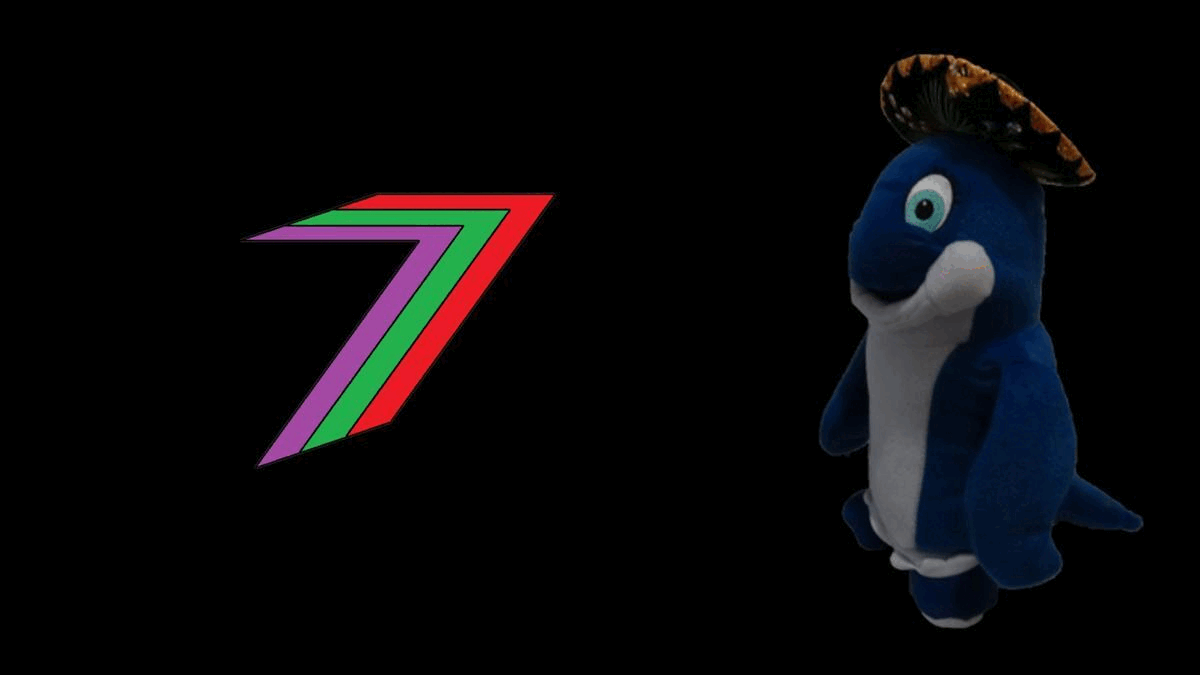Hi Everyone,
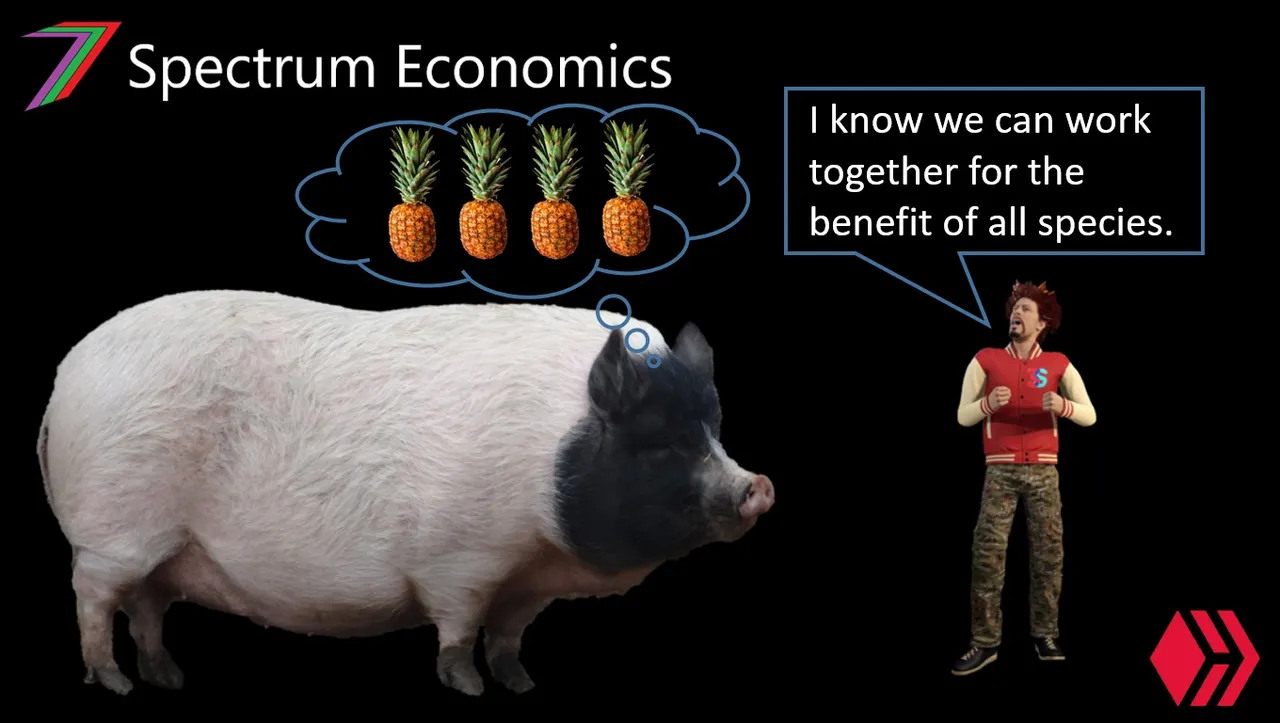
In Part One, I established, discussed, and explained the human advantage. In Part Two, I explain how I believe we, as a species, should respond to our advantage. I discuss animal and crop farming, land usage, and diet. There are ways we can harmoniously coexist with other species and their ecosystems.
What Should We Do?
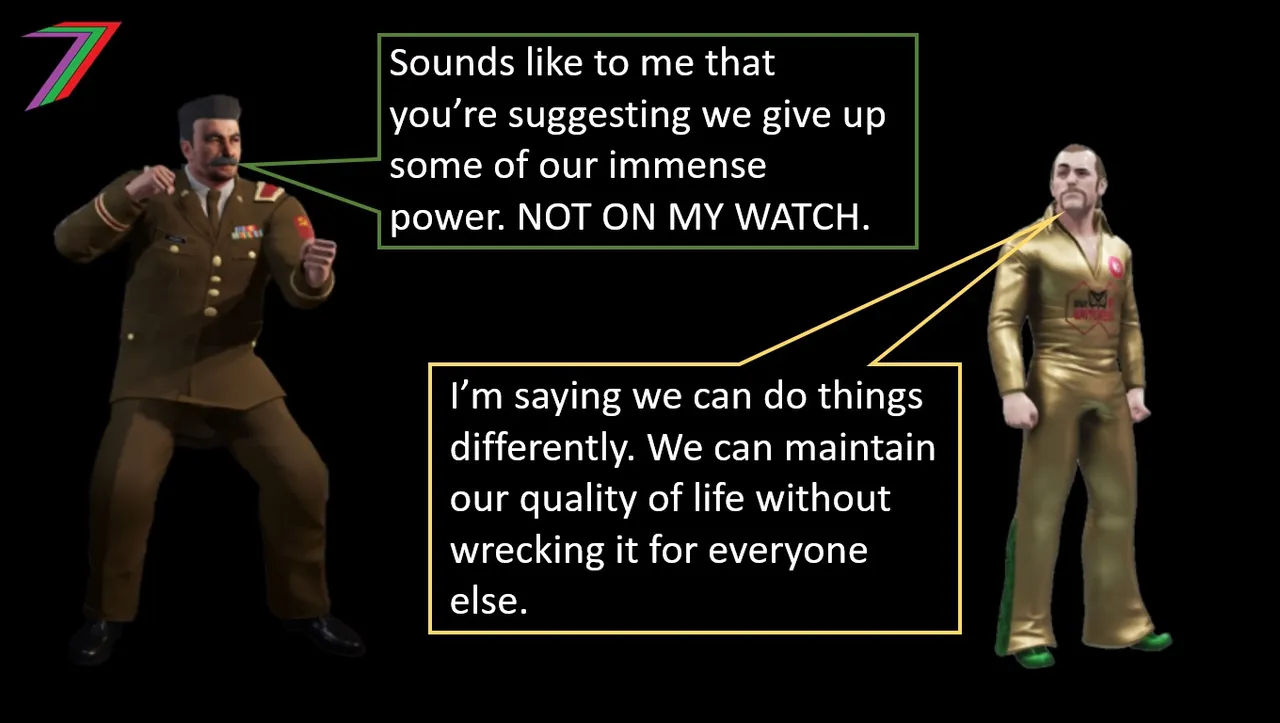
We need to take care of ourselves first. We can follow the logical order of self, family, community, country, species, and other species. We should be dedicated to remaining the dominant species. To forgo that position is both illogical and unnatural. However, we also need to respect other species and their ecosystems. We are capable of doing both.
Animal Farming
Farming animals for meat and almost everything else is cruel and unnecessary. We do not need animal products to survive or retain a high standard of living. We can be healthy, and most likely healthier, without meat. We can replace most other animal products with either plant-based or synthetic products. Over time, the quality of these products has improved, and the costs have fallen.
We need to acknowledge that change takes time. The farming of animals should gradually decrease. Therefore, the number of animals held in captivity should also gradually decrease. The best way to do that would be through reduced breeding. A rapid decrease would lead to the mass culling of animals. We also need to consider that farmers need time to adjust. Agriculture industries would also need to adjust as a higher percentage of crops would be grown for human consumption instead of animal consumption.
We also need to acknowledge that change requires public support. Public support is best shown through action. The most effective form of action is through our purchasing decisions. We can stop or reduce buying goods that contain animal products. If demand falls, supply will naturally follow. We should not impose our will on other people. People need to make their own consumption decisions. However, we can help inform people about animal industries, our health requirements, and our impact on ecosystems. People are generally sympathetic to the suffering of others.
Crops
Farming consumes land. This land is taken from other ecosystems. Therefore, other species are affected because they have lost their habitat or because they are using the farmland as part of their new habitat. It is difficult to assess the extent of harm we cause from taking more farmland. How many habitats are destroyed? How many species are wiped out or greatly reduced? What is the impact on biodiversity? How does the reduction in the number trees and other plant species affect the environment? How are the animals that chose to make the crop fields their new homes affected?
Animals are killed when crops are harvested. It has been estimated that there could be as many as 40 mouse deaths per acre of grain. This is expected to be greatly overestimated as mice move between fields (Anthropocene). Humans do not directly target them, and they are not held captive. Therefore, we could argue there is scope for them to adjust to crop farming practices. They could flee when they hear the farming machinery. They could become accustomed to when farming and harvesting occur, as it is seasonal.
Orangutans
Some forms and types of non-animal farming cause more harm than others. Palm oil plantations in tropical countries such as Indonesia and Malaysia are replacing large areas of rainforests that are home to a wide variety of tropical animals. One of the animals most affected by this are orangutans. Deforestation results in them becoming cut off from their food supply. Data suggests that orangutan populations have halved in this century (The Great Projects).
Some Facts About Palm Oil and Orangutans

Source: The Great Projects
Bees
The introduction of bred bumblebees and honeybees is harming and causing the death of wild bumblebees. They compete with each other for food, and it appears the introduced species pass disease onto the native wild species. Native bumblebees are important, as they are able to pollenate crops that honeybees are unable to do so (e.g., eggplants and tomatoes). Some beekeepers breed bumblebees to counter the natural loss of native bumblebees; they are in the minority (Inside Science).
The introduction of honeybees may not just be harming the native bees, but in some cases, the introduced honeybees are also being harmed. For example, in the US, avocado farming is heavily dependent on the introduced honeybees (migratory beekeeping) to grow the avocado fruit. The single source of pollen is harmful to the bees. These bees also fall victim to the pesticides used on the avocados, and many other insects are likely to be killed by these pesticides. A similar practice is used for growing almonds. Thus, it is also likely to result in a large number of bee deaths (EcoWatch).
Pesticides on a variety of crops kill bees and other insects; this is not entirely unique to avocados and almond farming. Avocado and almonds have garnered more attention as vegans eat them as substitutes for animal products. Almond milk is particularly popular as a substitute for dairy milk.
The problem does not stem from avocados and almonds. It stems from the use of pesticides that are deadly to bees and the exposure of bees to them. Less dangerous pesticides need to become widely available and used to reduce the harm that crop farming may cause.
Another serious problem is the mass reduction in the number of wild native bees. If they were not so greatly reduced, migratory beekeeping would not be necessary. Hence, we are in a cycle where the introduced bees have become an essential part of our ecosystem while at the same time ensuring the native bees cannot re-establish themselves.
Diets and Land Use
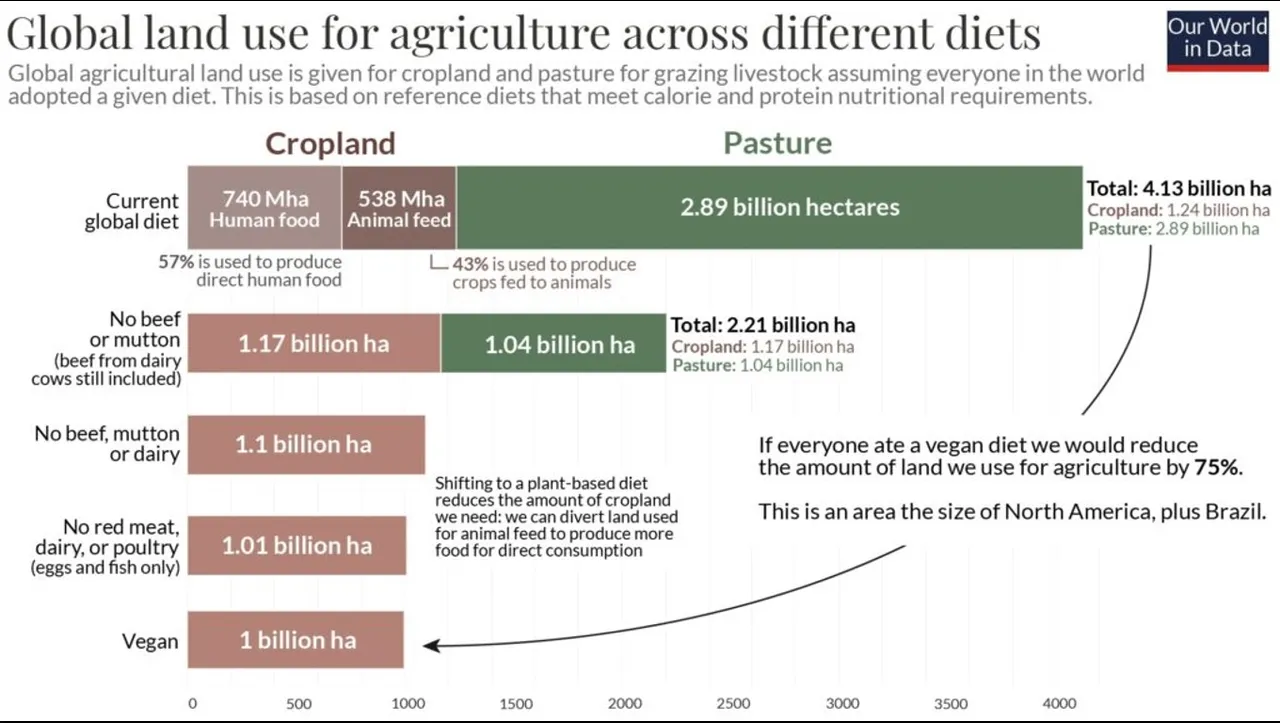
Source: Earth Org
A vegan diet requires just a quarter of the land use of a meat diet (Vegan Sustainability). However, we cannot conclude that if everyone became vegan, the 75% of the land previously used for agriculture would be freed up for other uses. Land occupied by animals might not be easily converted to arable land. It is likely that this may not matter, as the land dedicated to growing crops for animals should be sufficient to support the extra plant food required by humans. Currently, it is estimated that only 55% of crops are used as food for humans. Whereas, 36% (lower than some estimates, see figure above) are used to feed animals (Vox). It should be possible for this land to be used to grow crops that can be consumed by humans instead of animals.
Considering the amount of meat we consume, 36% is not particularly high. This is because only 14% of the food given to animals kept as livestock is grain. The remaining 86% is inedible vegetation for humans; this is mostly made up of grass (Mottet, A. et al 2017 cited by Sacred Cow). Even if the vast grasslands cannot be used to grow food for humans, they can still be used for other purposes. Hence, we reduce our need to take more land from other ecosystems. We should be able to even return some land to nature. This could be done directly, or some of it could be reserved for sanctuaries for the animals that were formally farmed on this land.
How does land use for food compare with the healthiness of the corresponding diet? A study published in the Lancet Global Health journal compares the diets of various countries. Figure 1 contains the ranking of the healthiest and unhealthiest diets. I have also included the percentage of habitable land required to support these diets.
Figure 1: Healthiest and Unhealthiest Diets Based on Land Use
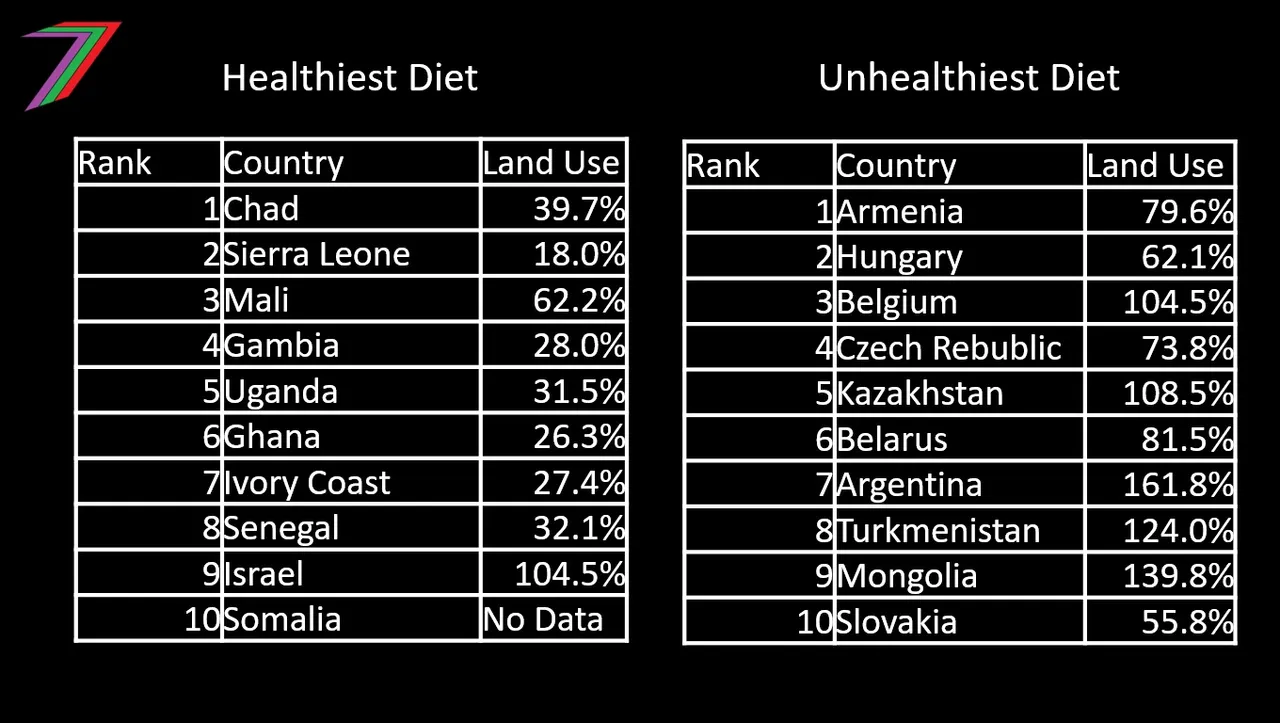
Sources: Diet rankings (data collected between 1990 and 2020) by the Lancet Global Health journal cited by the Independent. Percentage of habitable land required to support the diets of each country (2011 data) by Our World in Data.
Note: Percentage of habitable land use refers to the percentage of habitable land used if the people in every country in the world had the same diet. For example, if people from every country in the world had the diet of people from Argentina, 161.8% of the world’s habitable land would need to be used (impossible).
Healthy diets do not require a high percentage of land use. Based on the above table, unhealthy diets require considerably more land. This is mostly because of the higher percentage of meat content in these diets. Below are maps of countries based on land usage for growing food (Figure 2) and the healthiness of their diets (Figure 3).
Figure 2: Map of Percentage Land Use for Food
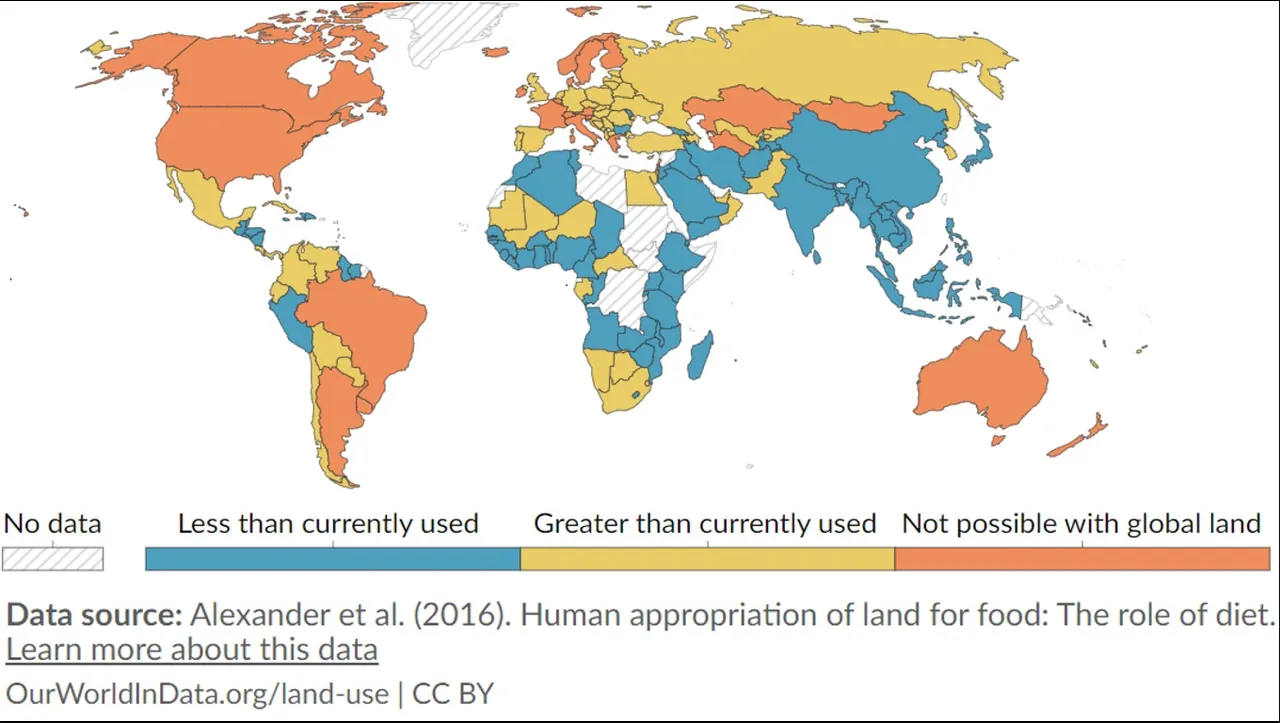
Source: Our World in Data
Figure 3: Map of Diet Based on Health
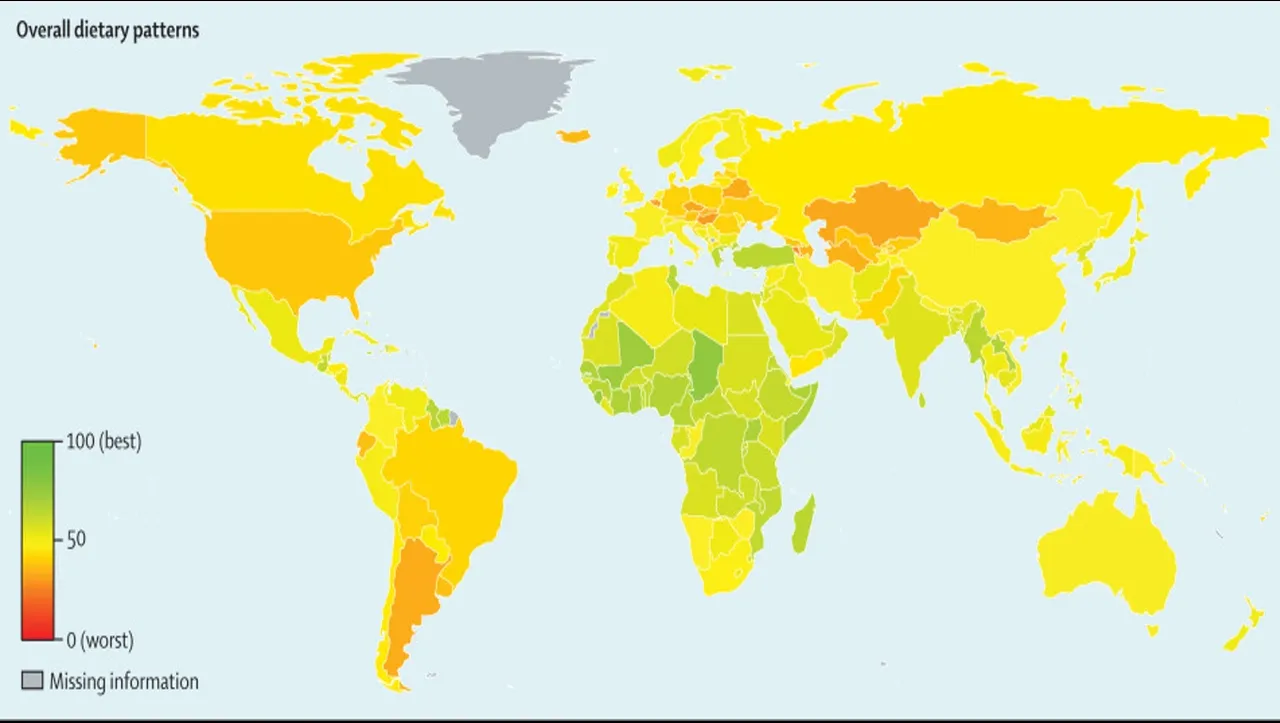
Source: The Lancet
Conclusion
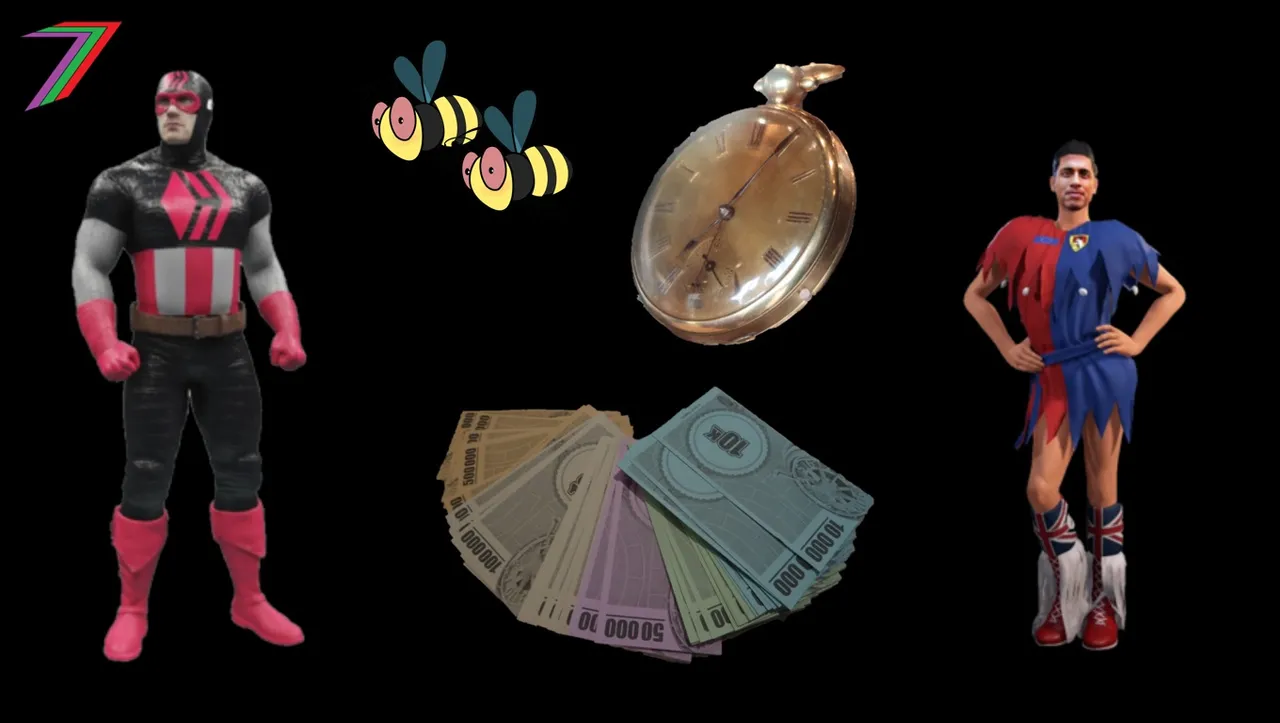
Human dominance over nature is undeniable. No other species is able to compete with us. Evolutionary theories can explain why we are so dominant but are very vague when it comes to explaining how we achieved such dominance.
With such a gap in knowledge, intervention appears to be the most plausible explanation for how we became so dominant. Religion has long filled that gap by proposing divine intervention. The dominant monotheistic religions propose that we were created in the image of a grand creator (god). Hence, justifying our believed superiority to all other species.
We have developed the mentality that the ecosystem serves us rather than being just another part of it. I would argue that this attitude has greatly contributed to our apathy towards the harm we have done and will continue to do to ecosystems and all the species within them. This may ultimately lead to the downfall of our own species.
I strongly believe we need to work towards becoming more compatible with nature. We are the dominant species but that does not mean nature has to bend to our every whim. We should reduce and, ideally, stop consuming animal products. They are generally not necessary to maintain our quality of life. In doing so, we will reduce our demand for land and have less need to encroach on natural ecosystems.
We should reconsider how we farm for crops. Pesticides, insecticides, and fertilisers often harm species that encounter our crops. Investing in ways to prevent or deter them from entering farmland might be a path forward. Many different approaches have been proposed; these include crop rotation, strategic location, and water management (Crop Life Australia).
Positive changes will not be fast. This is a good thing. We all need time to adapt. The number of previously farmed animals needs to be reduced so they can have their own habitats, most likely sanctuaries, as they are no longer able to live in the wild. We need time to reduce the numbers, and we need time to free up land for them to occupy. We need time for the farmers to transition to crop farming or other professions. We need time for people to change their diets and their ideology regarding animals.
Whatever changes take place, they need to be caused by people’s behaviour and choices. They should not be enforced. Most of the harm caused to other ecosystems is because of business behaviour. We can control business behaviour with our spending patterns. Businesses need revenue to survive. If a particular practice or product does not generate sufficient revenue, businesses are compelled to change their practices and offer different products.
Governments are another hurdle. They protect certain businesses through subsidies and generate revenue for them by acting as proxy customers for the public. People need to force these Governments out of power and demand reform to the political systems. Undoubtedly, we have a difficult journey ahead of us.
Similar Posts
You may also find my posts Valuing Life (Part 4) – Valuing life as part of an ecosystem and Manipulated for Us interesting. In these two posts, I touch on similar topics to this two-part series.
More posts

I have several collections of posts. I have organised these collections based on content and purpose.
The first collection contains six collection posts created before PeakD had the collection feature. Four of these posts relate to the core of my content; one of them contains all my Actifit Posts, and one of them contains my video course, ‘Economics is Everyone’.

The second collection consists of the posts that I consider define my channel. These posts are significant in terms of content as well as how they contribute to the growth of the channel. These posts reveal the most about what I believe in.

The third and fourth collections are what I call my ‘Freedom-based Economics Living Book’. They contain all the posts that support my ideas about the value and power of freedom. Some of these posts explain what we can achieve with freedom and what we need to utilise it for. Some of them explain how we are deprived of freedom and how we often give up freedom for security and comfort. The third collection concludes with possible scenarios depending on what we (society) choose to do.


Hive: Future of Social Media
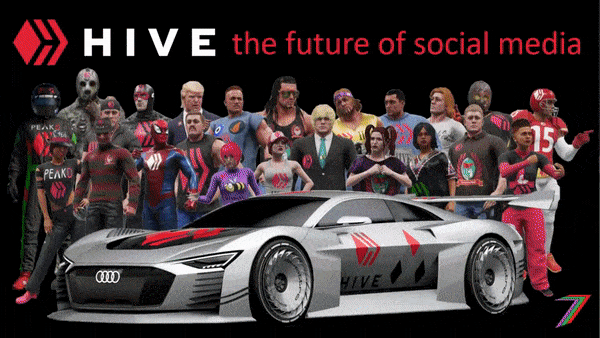
Spectrumecons on the Hive blockchain
